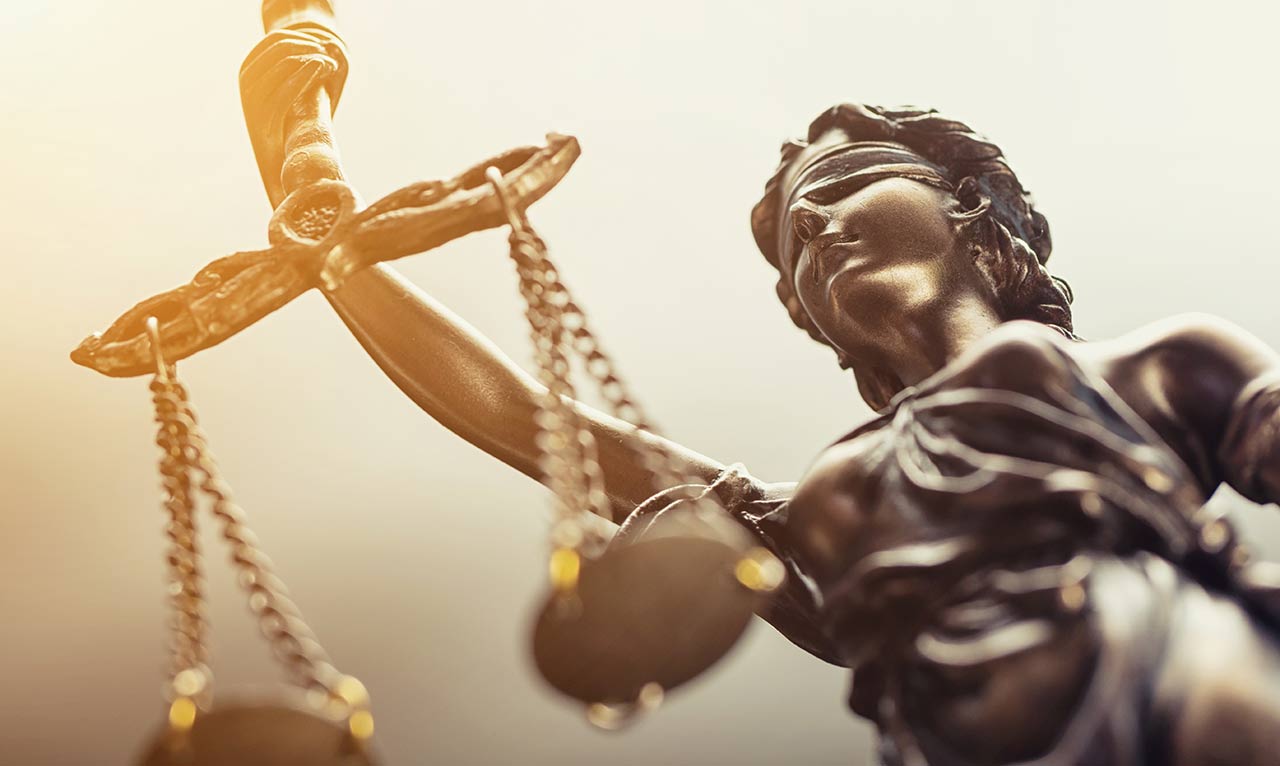The due process model, bureaucratic model, and power model of the criminal justice system
A description and a definition of the due process model, bureaucratic model, and power model of the criminal justice system
Question
Definitions of the due process model, bureaucratic model, and power model of the criminal justice system.
Answer
Criminologists have recognised a number of models or in other words frameworks, that help categorise how the criminal justice system operates or should in theory operate (Einstadter and Henry, 2006). Some of these models are the due process model, the bureaucratic model and the power model.
The due process model requires elimination of errors and it prioritises quality controls even if this reduces the number of convictions (McFarquhar, 2011). Under the due process model (social function: justice), a court could be described to be configured in the following way:
• There is equality between the parties
• There are rules in place protecting defendants against errors
• Arbitrary power is restrained
• Innocence is presumed until established otherwise
The bureaucratic model adopts an approach of pragmatism that identifies that the rights of the defendant have to be respected but that they have limits, deterring defendants from excessively asserting such rights (McFarquhar, 2011). Under the bureaucratic model (social function: management of crime and criminals) the court can be described to be configured in the following way:
• There is an independence from political consideration
• There is speed and efficiency
• Records are accepted
• Conflict is minimised
• Expenses are minimised
• There is economical division of labour
The power model sees the state acting in the interests of the dominant elite classes/groups (McFarquhar, 2011). Under the power model (social function: maintenance of class domination) configuration of a court could be described to be in the following way:
• Class values are reinforced
• The defendant is alienated and supressed
• There is deflection from issues of class conflict
• There are differences between judges and judged
• There are contradictions between rhetoric and performance
Each of these frameworks has different priorities which are shaped by policy aims as specified by the social function above.
References
Werner J. Einstadter, Stuart Henry. (2006) Criminological Theory: An Analysis of Its Underlying Assumptions. Maryland: Rowman & Littlefield.
Helena McFarquhar. (2011). Key Concepts in Criminology and Criminal Justice. Basingstoke: Palgrave Macmillan.
